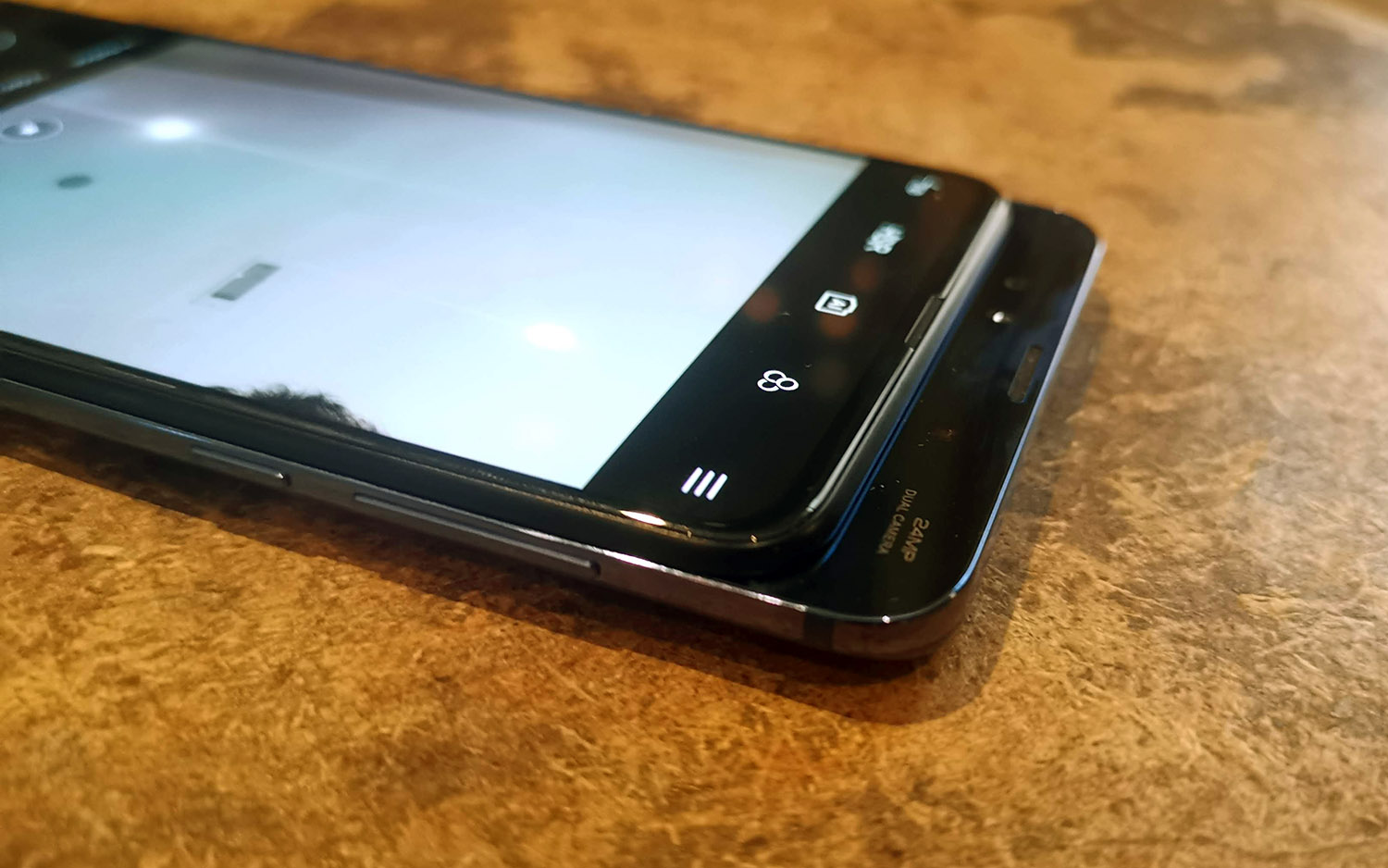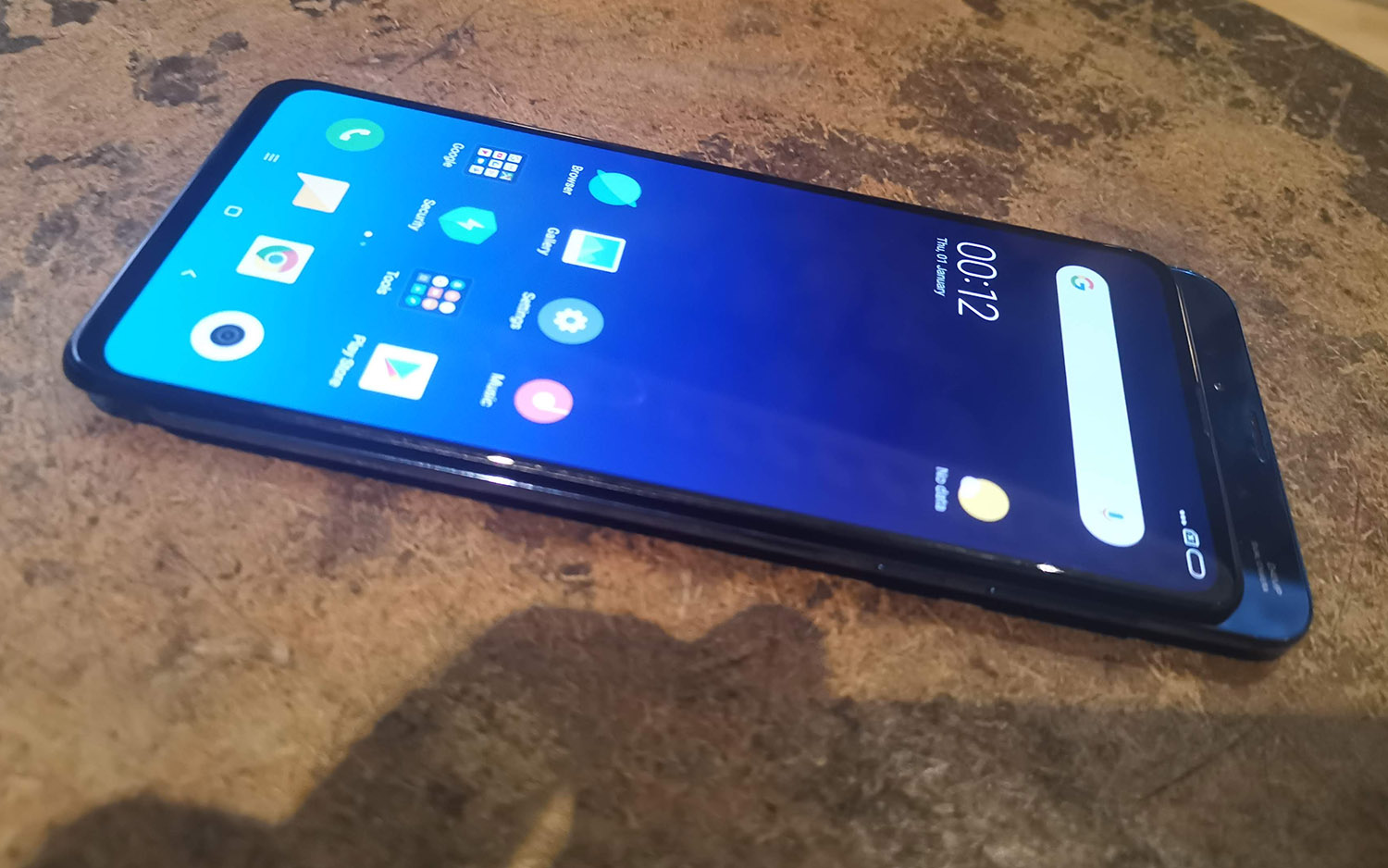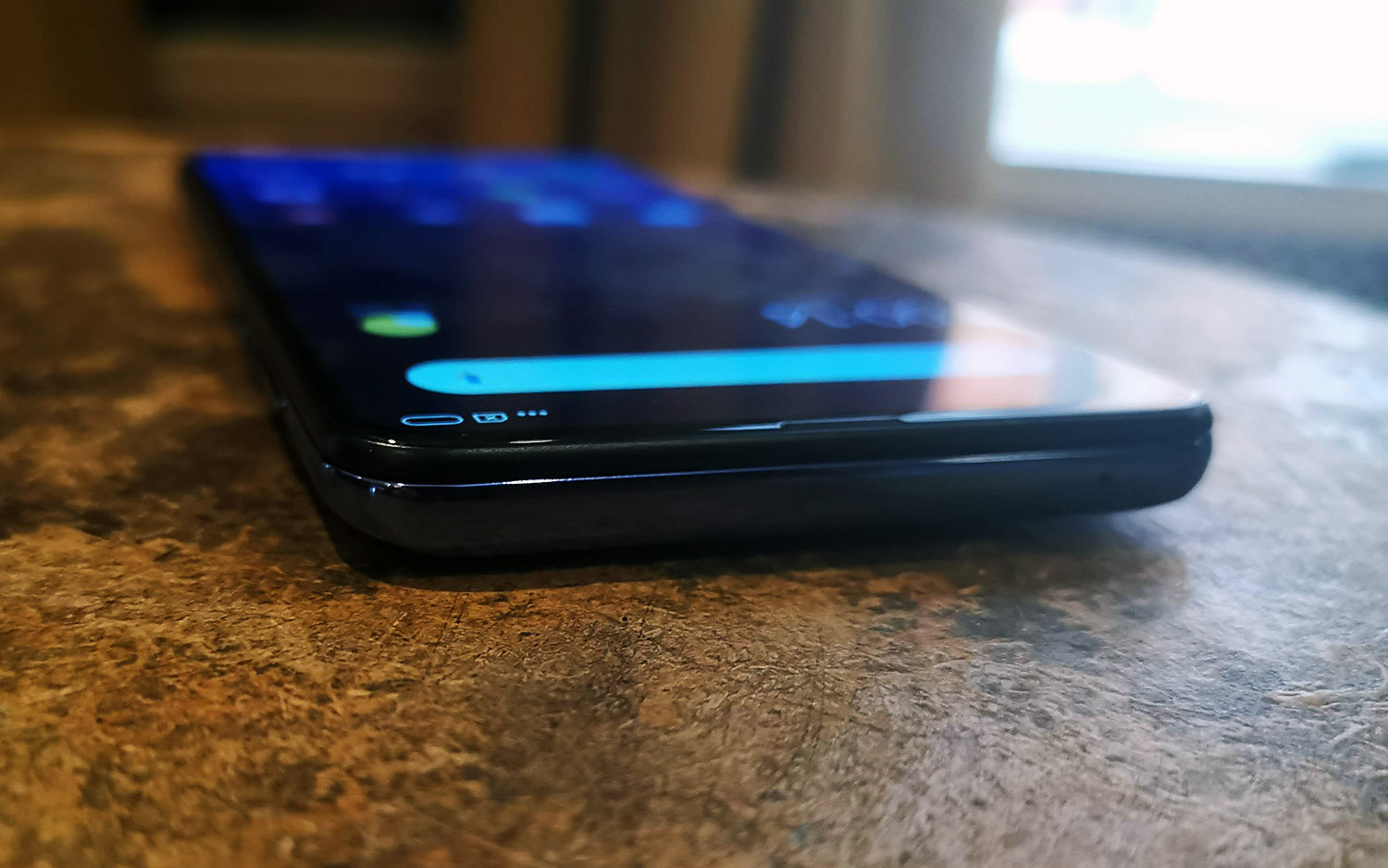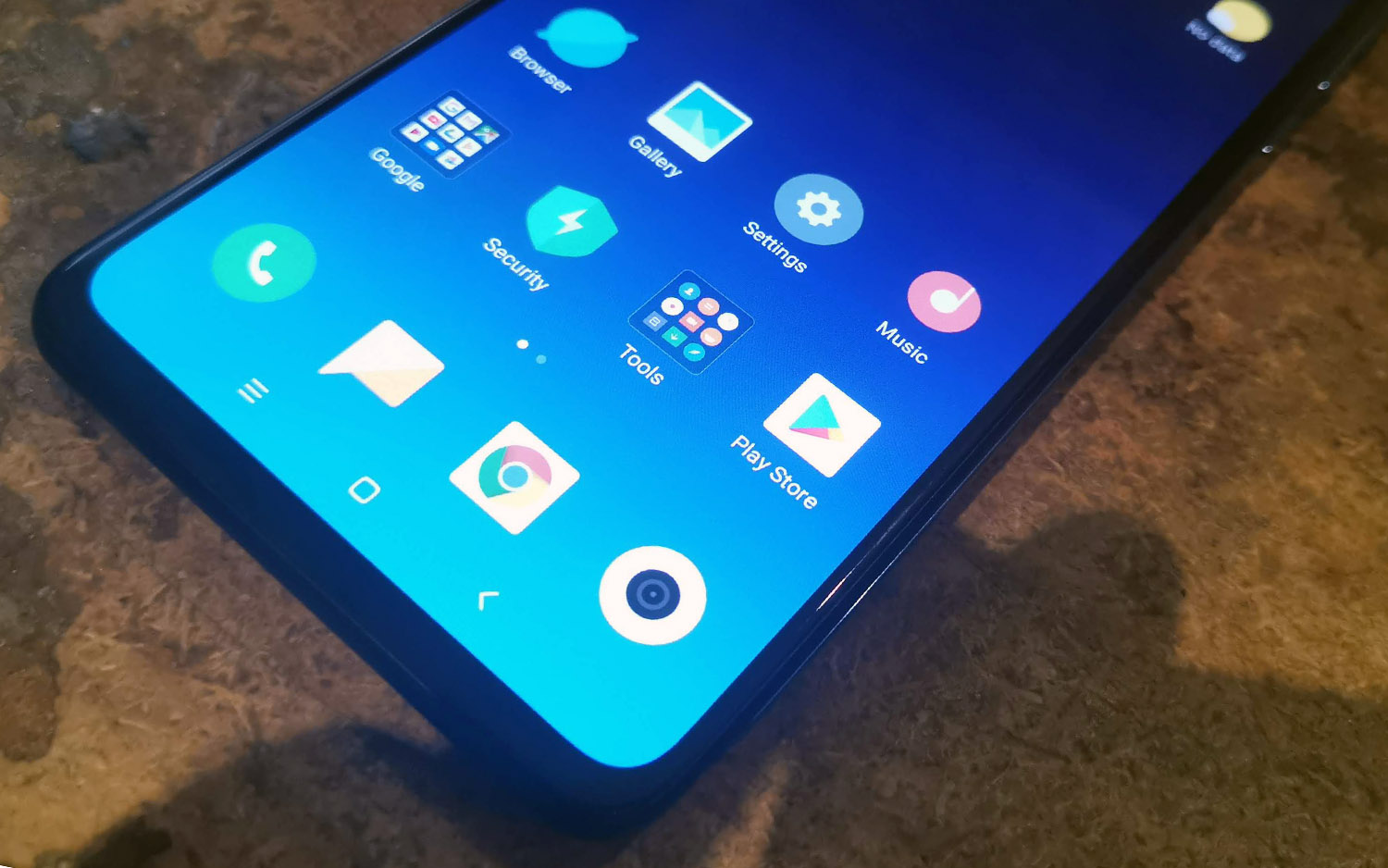Xiaomi Mi Mix 3 Hands-On: All Screen, With a Pop-up Surprise
The Mi Mix 3 is a slider phone that has some decent flagships specs and, most importantly, no notch. Here are our first impressions of Xiaomi's new smartphone.
If 2018 was the year of the notch for smartphones, then 2019 looks like it will be known as the year of the all-screen display. The problem is, it’s very difficult to go all screen when you still have to find room for the selfie cam on the front of the phone. While some phone makes such as Samsung and Huawei are trying to counter this with "hole-punch" displays, Xiaomi has taken an entirely different approach.

In a bid to have an all-screen display, Xiaomi is adding a pop-up camera to the handset, leaving the screen to be lens free.
MORE: Best Smartphone Cameras
This isn’t a new concept. It’s something that’s already been on Oppo Find X, Honor Magic 2 and Vivo Nex S. But, in my time with Xiaomi's latest phone, I did like the feel of the feature on the Mi Mix 3.
Xiaomi Mi Mix 3 Specs
| Display (Resolution) | 6.4-inch AMOLED (2340 x 1080) |
| Size/Weight | 6.2 x 2.9 x 0.3 inches/7.7 ounces |
| Processor | Qualcomm Snapdragon 845 |
| RAM | 6GB/8GB/10GB |
| Rear/Front Camera | Dual 12-MP cameras/24MP and 2MP camera |
| Battery | 3,200 mAh |
| Storage | 128GB/256GB |
| Price (U.S. - U.K. to be confirmed) | $472 (6GB RAM, 128GB storage); $520 (8GB RAM, 128GB storage); $575 (8GB RAM, 256GB storage); $720 (10GB RAM, 256GB Storage) |
Camera slider
The sliding motion of the pop-up camera is slick, robust even, and there is a satisfying click when the camera (comprised of two front-facing lenses and a selfie light) is in the correct position. The Mi Mix 3 uses neodymium magnets for its camera slider and it feels nice and solid, even if it’s a little strange having the feature at all.

Its inclusion does mean that this is the handset for those who want their phone to be notch-free. The lack of camera on the display means that 6.39-inch Full HD+ (2340 x 1080) AMOLED display looks gorgeous. The display takes up 93.4 percent of screen, the rest of this percentage is bezel, save for a small but noticeable chin at the bottom of the handset.
Features and design
Given the mechanics to make the selfie camera slider, well, slide, this handset is heavier than many out at the moment. At 218g (or 7.7 ounces), it weighs more than the same-size screened Huawei Mate 20 Pro (189g) and the Honor Magic 2 (206g).
Get instant access to breaking news, the hottest reviews, great deals and helpful tips.
The extra weight means it feels solid in the hand as there is a bit of a thickness to it, too. The phone measures 6.22 x 2.94 x 0.33 inches. In contrast the iPhone XS is 0.30 inches thick.

Other features include a USB-C port and speaker grille on the bottom of the phone. The right-hand side houses the power/lock key and volume control. There is a dedicated Google Assistant button on the left of the device (for all your voice command needs), which is also where the SIM card tray is situated.
Powering the Xiaomi Mi Mix 3 is a Snapdragon 845 chip. In terms of storage, there’s 128GB or 256GB available and between 6GB and 8GB of RAM. A special edition of the handset will break 10GB RAM, but that will only be available in limited markets.
Those pining for the new Snapdragon 855 processor will be happy to hear that a 5G version of the Xiaomi Mi Mix 3 is in the works and that will use that processor when it is released later in 2019. It won't be the first slider phone with this chip, as Lenovo has gotten in there first with the Lenovo Z5 Pro GT and its crazy 12GB of RAM.
Security is handled through the fingerprint scanner on the back of the phone. The sensor is in a great position and my finger found it with ease, but with other phone makers moving toward in-display sensors — see the OnePlus 6T for the best implementation of that feature — the lack of a similar capability on the Mi Mix 3 is a little disappointing.

Those looking for face detection will be disappointed as well, as the lack of camera on the screen means this phone has to do without this security enhancement. Facial recognition is said to be on the way through a software update, however, but won’t be ready for launch.
The inclusion of the slider also means that waterproofing is off the cards, but you can program the slider to do things like answer calls, take selfies and access a shortcut to your most-used apps.
Xiaomi is certainly trying to make this feature stand out. If you really want people to notice you are using the slider, you can also add a comical "unsheathing" sound to the device when you slide.
The Mi Mix 3 is blessed with a beautiful design. It's kept the ceramic back found on the Mi Mix 2 and it really adds to the premium look and feel of the device.
Cameras
Xiaomi may have hidden the camera on the front but on the rear, there are two lenses and a flash for all to see. The cameras here certainly aren’t at the top end of what we’ve seen on other phones but Xiaomi is promising that with a little help of AI, the quality of images captured by these cameras will be up there with the rest of the flagship crowd. A recent DXOMark test does indicate this is the case.

The back of the Mi Mix 3 features a pair 12MP cameras. One is a f/1.8 wide lens, the other is a telephoto variant at f/2.4. Like Huawei, Xiaomi is pushing AI in its camera features and there’s also a night mode that wants to challenge the likes of the Night Sight feature that debuted in the Google Pixel 3.
Outlook
I have mixed feelings about the Mi Mix 3. There’s some impressive, and inventive, technology on board but it feels like this is a flagship that’s flagging a little behind the opposition, at least until the 5G, 10GB version is launched. Its price, however, is compelling.
Currently the phone is on sale in China for 3,299 yuan (around $470 / £370 / AU$675). If the Mi Mix 3 does end up in the US and UK anywhere near this, you are getting a high-performance handset for an excellent price. It's set to launch in the U.K. at the beginning of 2019, but as with previous Xiaomi phones, U.S. consumers may be out of luck — there are currently no plans to bring this device to the U.S.
The kicker, though, will be that slider on the Mix Mix 3. If it really works in everyday use, then it’s innovative. If it doesn’t, then it’s a gimmick that might be this phone’s downfall. We'll know for sure when we've had a chance to fully test Xiaomi's latest phone.
Marc Chacksfield is Director of Shortlist Media and Editor-In-Chief of Shortlist. He's been a technology and entertainment journalist for 15 years and was previously UK Editor In Chief at Tom's Guide, TechRadar and Digital Camera World. He's also written for the likes of T3 and Tom's Hardware. In his spare time he tries to play guitar, PlayStation and supports Chelsea.
